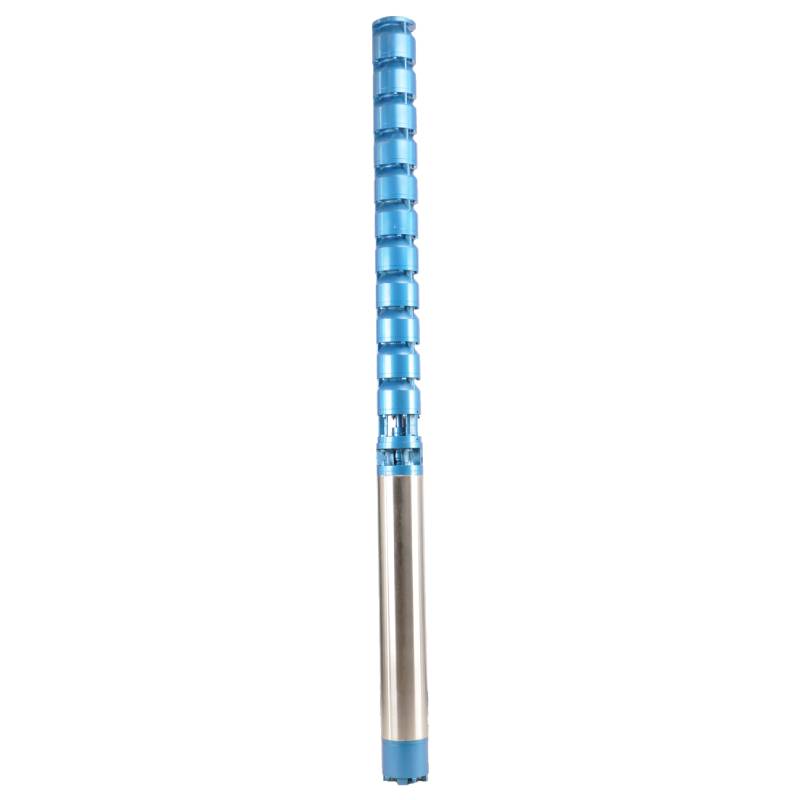Nov . 04, 2024 13:29 Back to list
Submersible Sump Pumps for Efficient Water Removal in Basements and Crawl Spaces
Understanding Submersible Sump Pumps An Essential Home Equipment
A submersible sump pump is a critical component for homeowners looking to manage groundwater and prevent flooding in basements and crawl spaces. Unlike standard sump pumps that sit above the water, submersible pumps are designed to operate underwater, effectively keeping areas dry and free from excess moisture. This article delves into the functionality, benefits, and considerations of submersible sump pumps.
How Submersible Sump Pumps Work
Submersible sump pumps are equipped with a sealed motor that allows them to function while submerged in water. They are typically installed in a sump pit, a designated area where water collects. When the water level in the pit rises to a certain height, the pump activates, drawing water through an intake screen and pushing it out through a discharge pipe. This process continues until the water level decreases, at which point the pump shuts off.
The pumps are constructed with durable materials, often stainless steel or thermoplastic, making them resilient against corrosion and capable of handling various debris that may enter the sump pit. Most submersible pumps come with a float switch that automatically triggers the pump, ensuring it works only when needed and saving energy in the process.
Benefits of Using Submersible Sump Pumps
1. Efficient Water Removal Submersible sump pumps provide effective water removal, significantly reducing the risk of water damage in your home. With their ability to work underwater, they can remove water quickly and efficiently from the sump pit.
2. Space-Saving Design Since submersible pumps operate below the water level, they do not take up valuable space in your home. This makes them an excellent choice for areas where space is a constraint.
3. Quiet Operation Compared to pedestal sump pumps, submersible pumps are generally quieter as they operate beneath the water's surface, minimizing noise pollution in your home.
4. Reduced Maintenance Submersible pumps require minimal maintenance. With no exposed components, they are less prone to damage and need fewer repairs over time.
sump pump submersible

5. Durability and Longevity These pumps are built to last, able to withstand high moisture levels and heavy usage. With proper care, many submersible pumps can seamlessly operate for years.
Considerations When Choosing a Submersible Sump Pump
While submersible sump pumps have numerous benefits, there are vital considerations to keep in mind when selecting one for your home.
1. Capacity and Power It is crucial to choose a pump according to your specific water removal needs. Consider the volume of water you expect during heavy rains or flooding, and select a pump with the appropriate horsepower and flow rate.
2. Material and Build Quality Look for pumps made from high-quality materials that resist corrosion. Stainless steel and thermoplastic designs are often preferred for their durability.
3. Float Switch Type Different float switch designs can affect the activation of the pump. Ensure the chosen model has a reliable float switch to prevent overflow.
4. Backup Power Options In areas prone to power outages, consider a submersible sump pump with a battery backup system. This feature ensures that your pump remains operational even when electricity is unavailable.
5. Warranty and Support Evaluate the product's warranty and customer support options. A longer warranty may indicate the manufacturer's confidence in their product’s durability.
Conclusion
In summary, submersible sump pumps are invaluable tools in maintaining a dry and safe home environment. They offer effective water management solutions, ensuring that basements and crawl spaces remain free from flooding. By understanding their operation, benefits, and key selection criteria, homeowners can make informed decisions, protecting their properties from water damage for years to come. Investing in a reliable submersible sump pump not only safeguards your home but also provides peace of mind during rainy seasons.
-
Submersible Water Pump: The Efficient 'Power Pioneer' of the Underwater World
NewsJul.01,2025
-
Submersible Pond Pump: The Hidden Guardian of Water Landscape Ecology
NewsJul.01,2025
-
Stainless Well Pump: A Reliable and Durable Pumping Main Force
NewsJul.01,2025
-
Stainless Steel Submersible Pump: An Efficient and Versatile Tool for Underwater Operations
NewsJul.01,2025
-
Deep Well Submersible Pump: An Efficient 'Sucker' of Groundwater Sources
NewsJul.01,2025
-
Deep Water Well Pump: An Efficient 'Sucker' of Groundwater Sources
NewsJul.01,2025
-
 Submersible Water Pump: The Efficient 'Power Pioneer' of the Underwater WorldIn the field of hydraulic equipment, the Submersible Water Pump has become the core equipment for underwater operations and water resource transportation due to its unique design and excellent performance.Detail
Submersible Water Pump: The Efficient 'Power Pioneer' of the Underwater WorldIn the field of hydraulic equipment, the Submersible Water Pump has become the core equipment for underwater operations and water resource transportation due to its unique design and excellent performance.Detail -
 Submersible Pond Pump: The Hidden Guardian of Water Landscape EcologyIn courtyard landscapes, ecological ponds, and even small-scale water conservancy projects, there is a silent yet indispensable equipment - the Submersible Pond Pump.Detail
Submersible Pond Pump: The Hidden Guardian of Water Landscape EcologyIn courtyard landscapes, ecological ponds, and even small-scale water conservancy projects, there is a silent yet indispensable equipment - the Submersible Pond Pump.Detail -
 Stainless Well Pump: A Reliable and Durable Pumping Main ForceIn the field of water resource transportation, Stainless Well Pump has become the core equipment for various pumping scenarios with its excellent performance and reliable quality.Detail
Stainless Well Pump: A Reliable and Durable Pumping Main ForceIn the field of water resource transportation, Stainless Well Pump has become the core equipment for various pumping scenarios with its excellent performance and reliable quality.Detail
